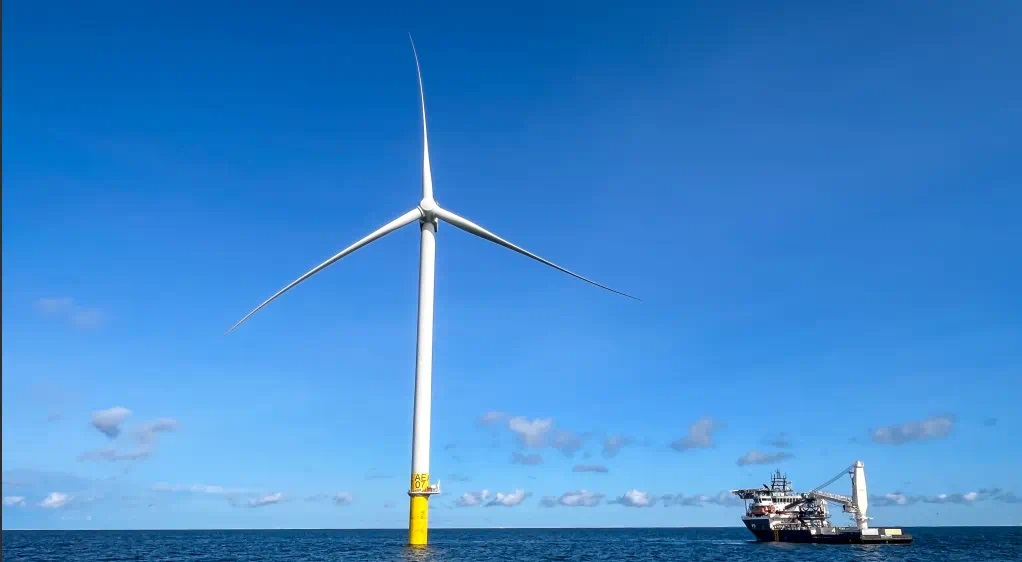Over the last few years, the U.S. offshore wind market has experienced both opportunities and frustrations, but regulatory upheaval under the Trump administration and rising cost pressures have significantly clouded the outlook, according to a new report from London-based Energy Industries Council.
The previous Biden administration placed offshore wind at the centre of its clean energy strategy in 2021, the report noted. It set ambitious deployment targets and announced over 22GW of capacity in 2022 and another 11GW in 2023.
These ambitions, alongside policy initiatives, unlocked unprecedented levels of federal support. However, opportunities have slowed significantly since the change in administration. The industry is seeing uncertainty due to political narrative, rising inflation and interest rates, and global supply chain constraints further come to the fore to constrain progress in this sector.
The development pipeline has contracted considerably, falling from a planned 56 GW to 25.4 GW as projects stalled or were halted during this period. This reflects a climate of uncertainty rather than a complete structural collapse.
Some projects on pause could return if market and policy conditions improve – however, this remains a possibility rather than an expectation. Throughout 2025, the industry saw continued delays and escalating regulatory disruption. Beyond the One Big Beautiful Bill Act (OBBBA), auction postponements, the withdrawal of previously designated wind areas, and stop-work orders on nearly completed projects deepened the sense of instability. As a result, several developments were cancelled and some developers stepped back from the market – at least for the time being.
The supply chain has also been affected by the OBBBA provisions and tariff measures, which have constrained financing for manufacturing facilities, increased domestic content quotas, and raised costs on imports for equipment heavily reliant.
Nevertheless, suppliers remain optimistic about the long-term prospects of the US offshore wind market. In the short term, many are able to diversify their operations by delivering into offshore Oil and Gas projects or supplying to emerging markets, such as Canada, the report asserts.
Areas of resilience
Despite the challenging federal environment, the country retains areas of resilience. The supply chain’s flexibility to focus on other markets while waiting for momentum to recover, along with early planning for floating offshore wind – notably in California – signals that some states remain committed to the sector for the foreseeable future.
This suggests that offshore wind in the U.S. is not finished, but rather in a period of strategic pause as stakeholders assess whether momentum can eventually return. This study provides a comprehensive assessment of market dynamics, opportunities and supply chain capabilities across North America, while also evaluating the hurdles now confronting the industry. Policy uncertainty stands out as the most pressing challenge, shaping expectations for the long-term outlook and the pace at which the industry may recover.
(Photo from Orsted of Revolution Wind project off Rhode Island recently allowed to resume)


